SUMMARY
This is AI generated summarization, which may have errors. For context, always refer to the full article.
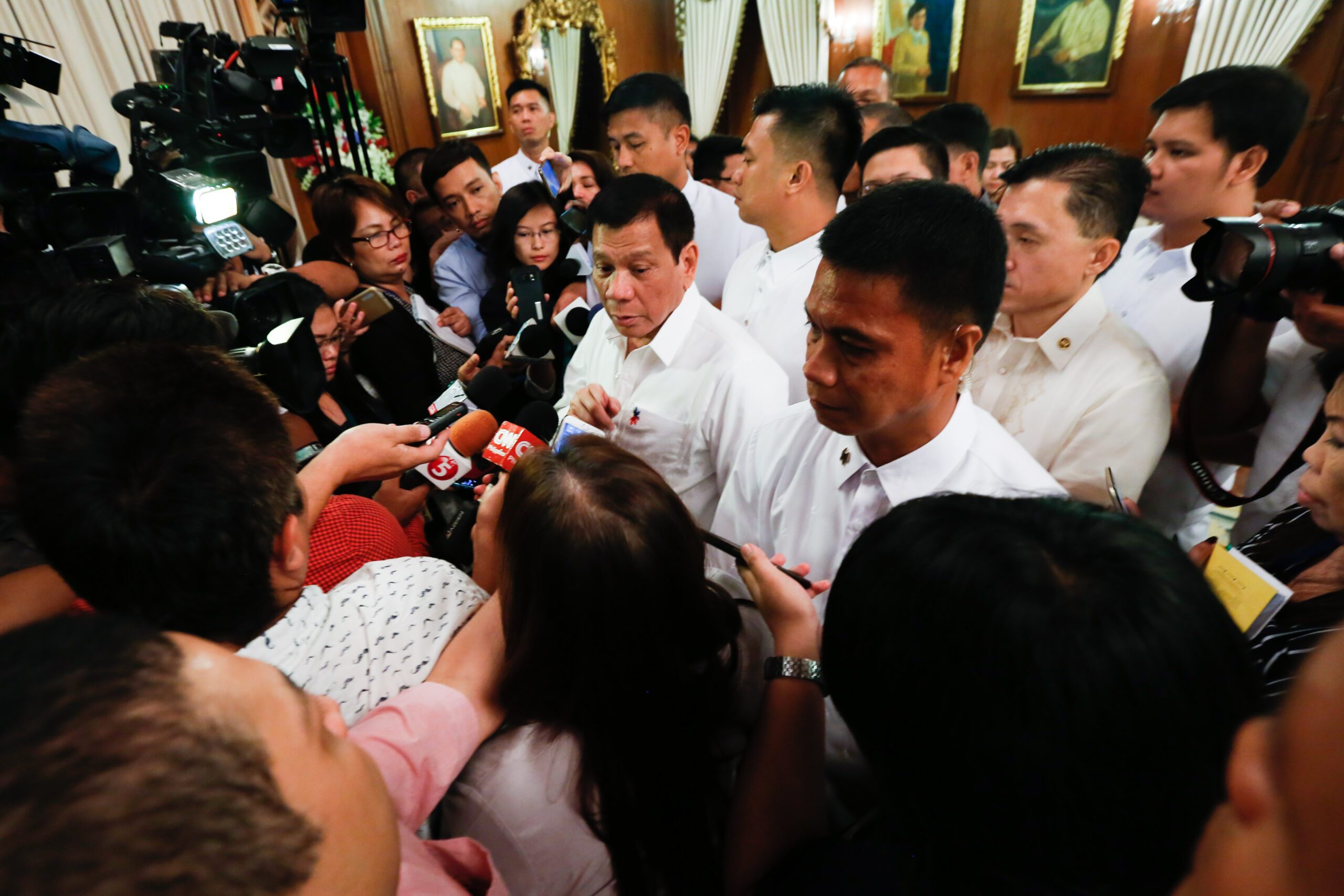
MANILA, Philippines – On Tuesday, June 21, reporters shuffled into Malacañang’s press briefing room as Acting Presidential Spokesman Martin Andanar took the podium in front of the deep blue curtains and Palace seal familiar to the public.
It could have been just another press conference, except it was a social event: the oath-taking of Malacañang Press Corps officers long-delayed due to the pandemic.
It was also the first time that Palace reporters stepped inside the Malacañang compound, since that last March 2020 press conference when President Rodrigo Duterte announced the first lockdown.
Likely, it will be one of the last Palace press events with Duterte as president.
The atmosphere in the New Executive Building, where the press briefing room and press working area are located, was decidedly more relaxed than at any time in the Duterte administration.
No President Duterte in the building’s TV monitors making his fourth free-wheeling, long-winded, curse-laden speech of the day.
No busy pantry as reporters mixed their third cup of coffee while waiting for the chronically late chief executive to arrive at his event.
No furious typing on laptops by reporters reviewing their audio or video recordings of Duterte’s latest harangue from a Palace event they had just rushed from.
That Tuesday afternoon, with only nine days left of his presidency, there was a palpable mood of winding down in Malacañang.
But the days of Duterte in his “prime” are like yesterday for Palace reporters, the journalists assigned to cover the Office of the President.
Body clock, workflow adjustments
Any Palace reporter will agree that Duterte was an “unconventional” president. But the unconventional aspect of his style that had the most immediate impact on Palace media coverage was his body clock.
Duterte’s day often started past 1 pm, and could stretch to 10 pm or even past midnight, as was the case with several Cabinet meetings.
“In the other beats, if it’s five o’clock [in the afternoon], they are preparing for the next day. Here, we are starting the action,” Alexis Romero, one of Philippine Star’s Palace reporters, told Rappler.
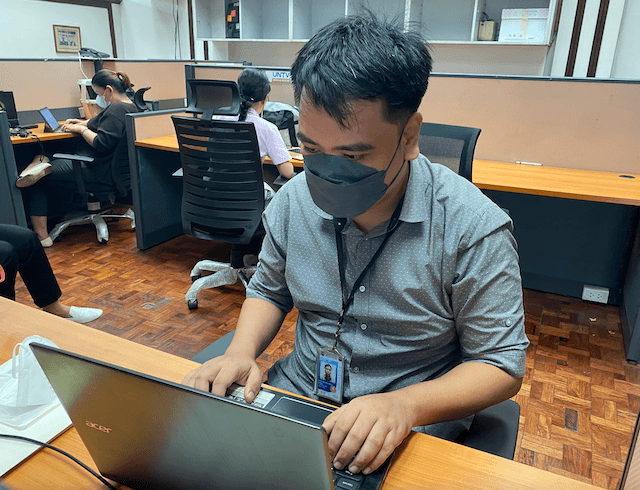
Romero, who calls himself a “night owl,” managed fairly well just by guzzling coffee to stay alert at the odd hours Duterte kept. But most reporters, including Philippine Daily Inquirer’s Nestor Corrales, had to adjust their body clock to match the President’s.
“Si Duterte, kailangan mo siyang sabayan. Tanghali ka na rin nagigising para may energy ka,” Corrales told Rappler. (You have to be in step with Duterte. You wake up in the afternoon too so you’ll have energy [for the rest of the day].)
The strange working hours were compounded by Duterte’s tendency to be late to an event by two to four hours.
This made life particularly difficult for print reporters who had mid-afternoon deadlines.
Vague, incendiary
And then, there was Duterte’s messaging style.
Incendiary; prone to making sweeping claims, colorful threats, minor to major inaccuracies; and a tendency not to finish his sentences made writing about Duterte’s remarks not only tricky but dangerous.
“Because of Durterte, you become more careful in transcribing. Because sometimes you wonder, ‘Is what he is saying correct? Did I hear him right?’” said Corrales.
Getting a quote wrong, even unintentionally, could leave a reporter vulnerable to sweeping allegations of “fake news” by pro-Duterte personalities, at a time when these bloggers were already vilifying reporters for reporting critically on the President.
Whenever Duterte would leave a tantalizing sentence hanging and his spokespersons were not responding to reporters’ queries about what the President actually meant, Romero found himself turning to a usually rarely used punctuation mark.
“It’s the first time in history that ellipsis has become very useful for articles,” joked Romero.
Another punctuation mark that suddenly became a common sight in Malacañang transcripts was the asterisk, deployed when writing the many curse words Duterte would use in his speeches.
Whenever Duterte said something vague but potentially newsworthy, Palace reporters would huddle in the press working area asking each other about their interpretation.
Eventually, Duterte’s speeches became formulaic, down to the jokes he would use. Palace reporters could practically predict the next line or the next topic. “In 1521…” or “My grandmother was a Maranao…” or “Do not destroy my country, or I will kill you” were just some lines to expect in a Duterte speech.
But reporters knew only too well not to be complacent.
“His speeches were repetitive, but the trick there is to still listen because in between he would say big, newsworthy things,” Tuesday Niu of Super Radyo dzBB said in Filipino.
If his speeches were tricky, his press conferences and “ambush” interviews were a landmine.
In the early years of his presidency, Duterte allowed sudden media interviews, which were often free-flowing and meandering. He would also often give them in the most inopportune of times, like at an ASEAN Summit in Singapore, where he suddenly stopped where reporters were gathered to give his insights about a range of topics, including his drug war.
In 2017, reporters had to rush to the Palace on a Sunday night because Duterte suddenly called a press conference about the murder of a South Korean businessman by policemen – a murder that threatened to erode trust in his anti-criminality stance.
Dangerous words
But the most controversial aspect of covering Duterte was writing about his threats and sensational claims.
Romero said the importance of fact checking was one thing he learned covering a president who played fast and loose with facts. (READ: Is Duterte’s ‘4 million drug addicts’ a real number?)
“He does not seem to be particular about accuracy, but he cares about the meat of the message. He doesn’t care about the nitty-gritty of the facts, it seems, but it’s about keeping the topic in the public consciousness. But, of course, it’s your job as a journalist to fact-check. The administration highlighted the need for fact-checking,” he said.
Malacañang Press Corps president Evelyn Quiroz, who writes for Pilipino Mirror, said she “counterchecked with reliable sources first” if she suspected Duterte’s claims were inaccurate.
On the presidential podium, Duterte has accused people of being involved in illegal drugs, and accused journalists and lawyers of being part of a plot to oust him. He’s flashed the middle finger at European officials and made all manner of insults and threats against communists, senators, human rights advocates, priests, ambassadors, royalty, and more. (READ: The Duterte Insult List)
Duterte’s words usually resulted in real consequences to persons named.
Senator Leila de Lima, an early target, was eventually detained on drug charges that had its beginnings in accusations made by Duterte in a speech.
His claims about Rappler, first mentioned in his 2017 State of the Nation Address, were formalized in official actions by the Solicitor General that led to an order by the Securities and Exchange Commission to revoke the news organization’s license. This is being challenged in court.
Duterte remarks can affect a politician’s prospects of winning in elections. Opposition candidates did not make it to victory in the 2019 senatorial race. In 2022, only one – Risa Hontiveros – entered the winning circle. Duterte had repeatedly pounded on the opposition bets in several speeches during these election years.
Pressure on Palace reporters
Pressure was put on Malacañang reporters to do more than echo Duterte, given the far-reaching, even life-threatening, consequences of his words.
In 2019, seven media organizations, including the Center for Media Freedom and Responsibility, urged newsrooms not to publish, without verification, the list of alleged “narco politicians” Duterte released ahead of that year’s elections.
“Verify, verify, verify. And do so independently. That is the first thing that the news media can and should do, before running a list that tags and links people to hateful crimes, on the mere say-so of the President and his political lieutenants,” read their statement.
Some newsrooms have since adjusted. Rappler and PhilStar.com, for instance, wrote about the narco list and Duterte’s press conference but did not publish the names.
During the pandemic, when Duterte used his weekly “Talk to the People” addresses to hit his critics and make all kinds of claims about opposition figures like Vice President Leni Robredo, there was debate about how Palace reporters should report on his remarks.
Pulitzer Prize-winning journalist Manny Mogato criticized Malacañang reporters for not always challenging the inaccurate or false claims of Duterte and his spokesmen.
Award-winning news anchor and political podcast host Christian Esguerra said Palace reporters should provide quick context and not resort to “he said, she said” reporting. There should be live fact-checking of the President’s statements.

For radio reporters like Niu, this was tricky since their output would typically be a live broadcast of whatever Duterte was saying.
She is of the opinion that whatever the President says is news and should be reported as is. However, she said she would come up with a report later on comparing Duterte’s statistics with, for instance, the figures from the Philippine National Police.
“As long as iko-quote mo na galing sa kanya, wala ka namang pananagutan doon kasi siya ang nagsabi,” said Niu. (As long as you quote him and say he said it, you don’t have a liability there because he’s the one who said it.)
“Hindi mo naman p’wedeng hindi i-report dahil makikita rin naman ’yon sa iba, gagamitin ng ibang network. Kung may mali man doon sa kanyang sinasabi, nililinaw nila, iko-quote mo pa rin ’yung paglilinaw nila after or ibangga mo doon sa source niya kung saan galing, kunwari PNP,” she added.
(You cannot not report on it because other networks will. If there was something wrong with what he said, they usually clarify, so you quote the clarification or you verify it with the source of the information, like the PNP.)
Asked about the criticisms from fellow journalists, Quiroz defended MPC members.
“I think each of the Palace reporters did his or her best to do his or her job responsibly,” she told Rappler.
Attacks on media
Malacañang reporters were often the first to hear Duterte’s attacks against fellow journalists or media outfits.
Quiroz says these diatribes had a “chilling effect.”
Romero found these attacks “concerning,” but said it did not lead him to self-censor. The same may not be true for other reporters, he said.
“If I look beyond myself and I look at the entire media industry, for me, it will be a concern because it will somehow dissuade media outfits from reporting critically about the government. Some might think, ‘They might humiliate us or trolls might gang up on us,’” he said.
Duterte’s verbal volleys against ABS-CBN set the groundwork for his allies to reject a franchise for the country’s biggest network. Duterte banned this reporter and all other Rappler reporters from covering his official events. He often claimed ABS-CBN and Philippine Daily Inquirer were biased. He once called veteran journalist Ellen Tordesillas of VERA Files a “prostitute.” Malacañang claimed Tordesillas, Rappler CEO Maria Ressa, and the Philippine Center for Investigative Journalism were part of a plot to oust him.
On several occasions, Duterte targeted Palace reporters themselves. He put reporters, including this writer, on the spot by mentioning a story in their publication he found “biased” and then making casual threats like wondering why the reporter was still present or warning them they shouldn’t go to Mindanao for their own safety.
These confrontations would even take place during press conferences being aired live across multiple networks. They made the prospect of covering Duterte anxiety-inducing because you never knew if you would get put on the spot if you asked a question or if he so much as saw you.
For Romero, Duterte’s abrasiveness with media could have repercussions far beyond his presidency.
“I’d be worried because you have someone who can persuade the next generation of leaders to be onion-skinned against a group of people who are supposed to perform their jobs in a democracy,” he said.
The Palace reporters Rappler spoke with said they had mixed feelings about Duterte’s term coming to an end. But one common feeling was relief.
Duterte was an interesting subject who made big headlines and garnered a lot of attention, both locally and internationally.
But he was unhealthy for the media in more ways than one. One Palace reporter described Duterte’s term as “traumatic.”
For Romero: “Para siyang roller coaster. ’Yung roller coaster, hindi siya masayang araw-araw na experience, pero every now and then, ‘punta nga tayong Enchanted Kingdom.’” (He’s like a roller coaster. A rollercoaster is not a good daily experience, but, every now and then, you want to go to Enchanted Kingdom.) – Rappler.com
Add a comment
How does this make you feel?
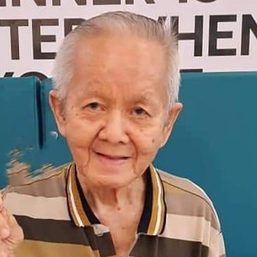
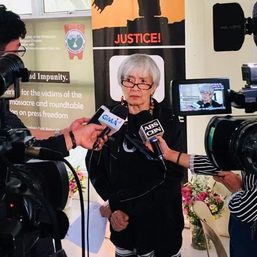
![[EDITORIAL] Filipino journalists to China: Yes, we are trouble](https://www.rappler.com/tachyon/2024/04/animated-wps-march-tension-2024-carousel.jpg?resize=257%2C257&crop_strategy=attention)
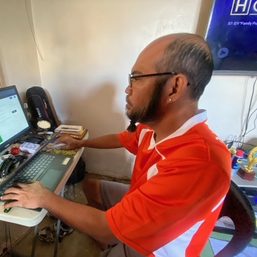
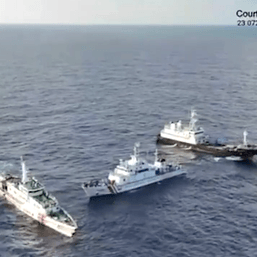
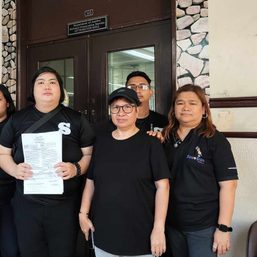

![[Newsstand] The media is not the press](https://www.rappler.com/tachyon/2024/04/tl-media-is-not-the-press-04132024.jpg?resize=257%2C257&crop=281px%2C0px%2C720px%2C720px)


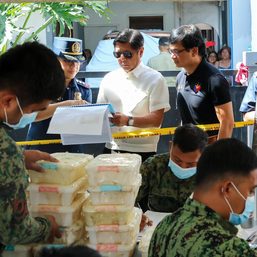
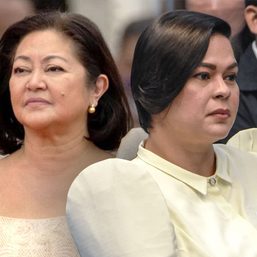
![[OPINION] ‘Some people need killing’](https://www.rappler.com/tachyon/2024/04/tl-some-people-need-killing-04172024.jpg?resize=257%2C257&crop_strategy=attention)
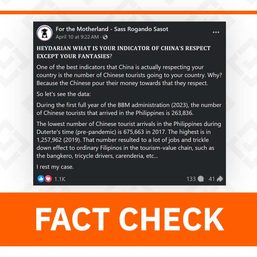
There are no comments yet. Add your comment to start the conversation.